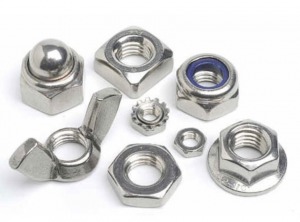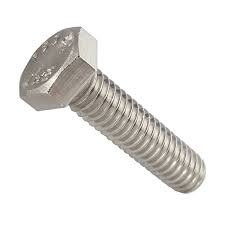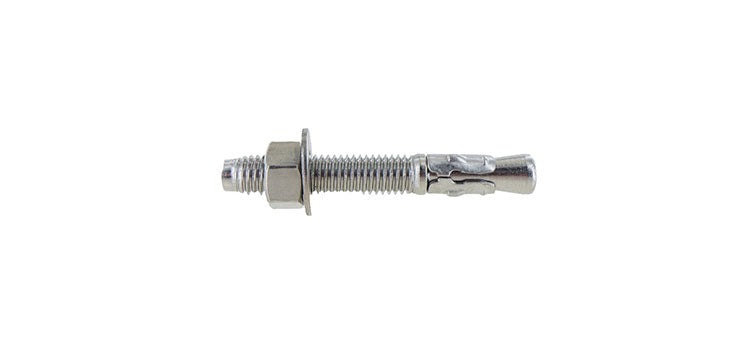

When buying for nuts and bolts, you may have noticed the fastener's head has markings engraved. These markings have a specific purpose that will help you understand the fastener more in-depth. The markings are an indication of the fastener's make, material, and dimension. The tool manufacturer engraves these markers as a helpful way for customers to be aware of what they are purchasing and using. Each manufacturer is required to engrave a unique marker that is specific to their brand. The brand marker is especially helpful as it allows you to trace the fastener back to the manufacturer if there is a defect.
When it comes to nuts and bolts, there are many markings that you may come across. Common markers include letters, numbers, dashes, slashes, dots, and many more. Many nuts and bolts follow SAE or Metric standards ensuring strength and reliability.


The Society of Automotive Engineers created a system of grades to identify valuable information about the fastener. The grades of a fastener can represent what material it is made out of, its hardness range, and its strength characteristics. SAE grades use the imperial measurement system. The imperial measurement system uses inches.
The SAE J429 standard has specific requirements for bolts, screws, studs, sems, and U-bolts up to 1-1/2" in diameter. Bolts meeting SAE J429 standards have radial lines engraved on the bolt head.
Grade 2, 5, and 8 are the most common grades of fasteners according to the Society of Automotive Engineers standard. The higher the grade is, the stronger the material that makes up the fastener. The grade also represents the tensile strength, yield strength, and proof load of a fastener.
Metric classes are set by the ISO (International Standards Organization). Metric markings combine two numbers separated by a dot. The number markings are engraved on the top or side of the bolt head. Common metric classes are 5.8, 8.8, 10.9, and 12.9. The higher the numbers are, the stronger the material of the fastener is.
The number that appears before the decimal, when multiplied by 100, will provide the approximate minimum tensile strength of the bolt. The number after the decimal, when multiplied by 10, will provide the approximate yield strength percentage in relation to the minimum tensile strength.
TMetric bolts made of 304 stainless steel are marked on the bolt head with A2-70. The A2 represents 304 stainless steel and 70 represents the tensile strength. The tensile strength equals 700 MPA general-purpose stainless steel. The number after the A2 will vary depending on the tensile strength of the bolt. 304 stainless steel has decent corrosion resistance.
Metric bolts made of 316 stainless steel are marked on the head of the bolt with A4-70. The A4 represents 316 stainless steel and the 70 represents the tensile strength. The tensile strength equals 700 MPA marine grade stainless steel. The number after the A4 will vary depending on the tensile strength of the bolt.
The 316 stainless steel grade has high resistance to corrosion. The 316 stainless steel bolt is commonly used near salt water and a variety of other exterior applications.
Many screws have consistent markings that make it easy to distinguish the size of the screw. Conquest screws, for example, have the length in the decimal form for inches stamped on the head of the screw. Additionally, the Conquest concrete screws include a shield symbol stamped on the head of the screw that represents the Conquest brand.

The markings for concrete wedge anchors differ from screws. Conquest wedge anchors, for example, have a letter marked on the head of the anchor. The letter signifies the length of the fastener. Check out the spec sheet for the Conquest wedge anchors to see what the letters equate to in length sizes. Conquest wedge anchors also have a Conquest shield stamped on the clip at the bottom of the fastener.
